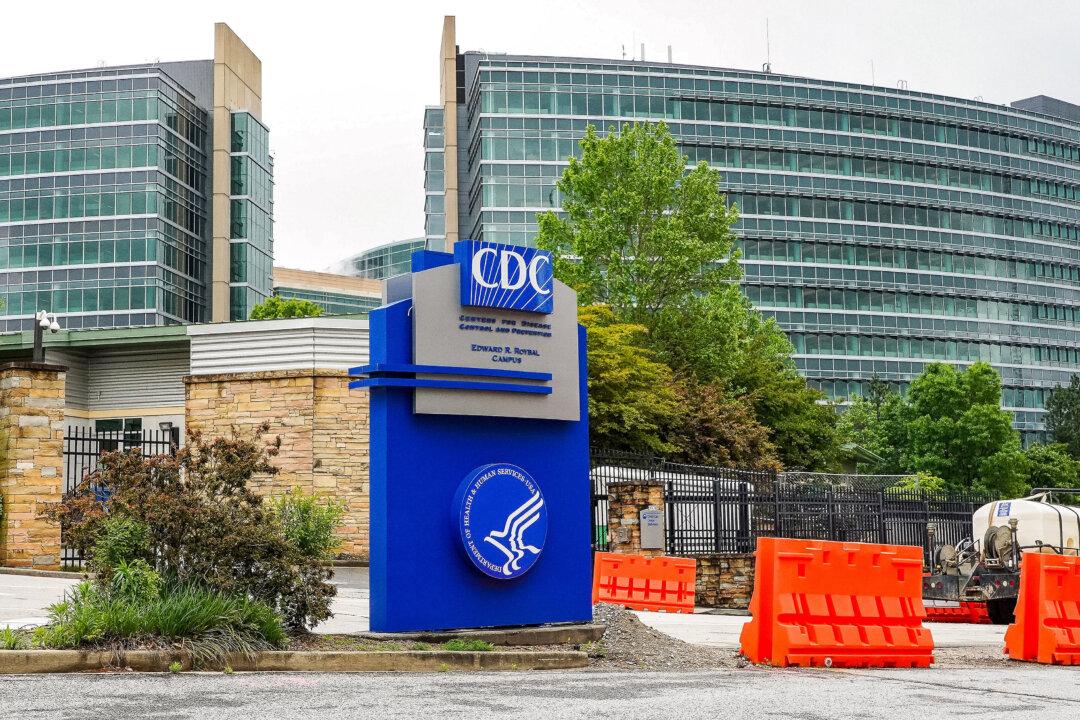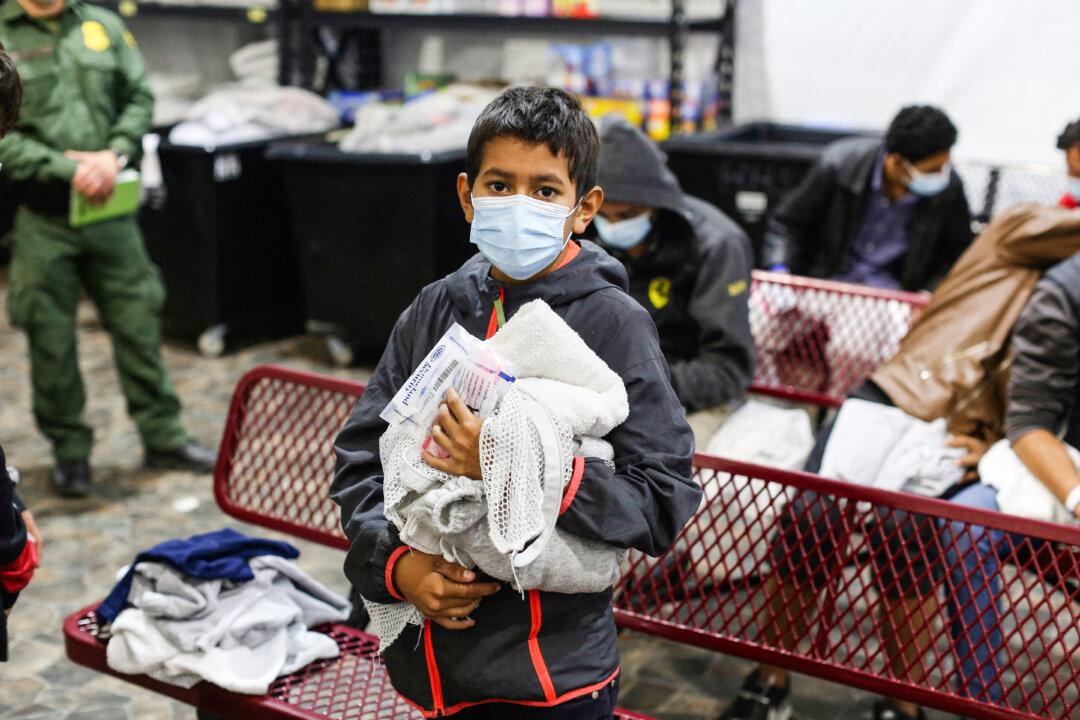Syphilis cases among American adults have risen by 78 percent over a five-year period, with infections among newborns rising almost 10 times over a decade, the U.S. Centers for Disease Control and Prevention (CDC) has reported.
In 2022, there were 2.5 million cases of three sexually transmitted infections (STI)—syphilis, chlamydia, and gonorrhea, according to a CDC report released Jan. 30.





